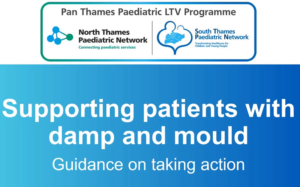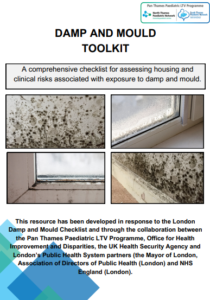
Damp and Mould Toolkit
You can use our Damp and Mould Toolkit, designed for health and social care professionals who assess the homes of LTV patients in the Pan Thames region, to identify damp and mould, assess clinical vulnerability, and take action on it – including template letters. This has been adapted, with permission from OHID, based on the original Damp and Mould Checklist designed by London Public Health partners.

Free home energy advice
You can refer your patient’s families to their Local Energy Advice Partnership for free energy and money saving advice, so that they can keep their homes warm and insulated, which reduces the risks of damp and mould developing.
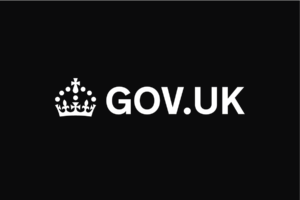
Government guidance
The Government has released guidance on understanding and addressing the health risks of damp and mould in the home. This includes information about the health effects of damp and mould, legal standards, and how to identify and address damp and mould, and reduce the chances of it developing.
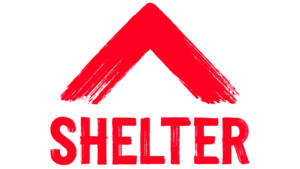
Shelter
The Housing and Homelessness charity, Shelter, have lots of information about damp and mould problems on their website, including:

NICE guideline
The National Institute for Health and Care Excellence (NICE) has produced a visual guideline document which aims to raise awareness of the importance of good air quality in residential buildings, and how to achieve this.
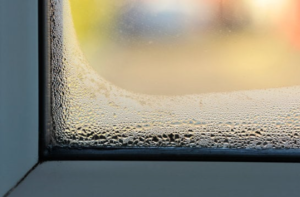
Information for patients, families and carers
You can signpost patients, their families and carers to this page, to access information including:
- how to identify, treat and prevent damp, mould and condensation
- steps to report issues with damp and mould
- resources and further help
Webinar: Supporting patients with damp and mould issues
Watch our video at the North Thames Paediatric Network’s LTV Education Forum (March 2024), here.
